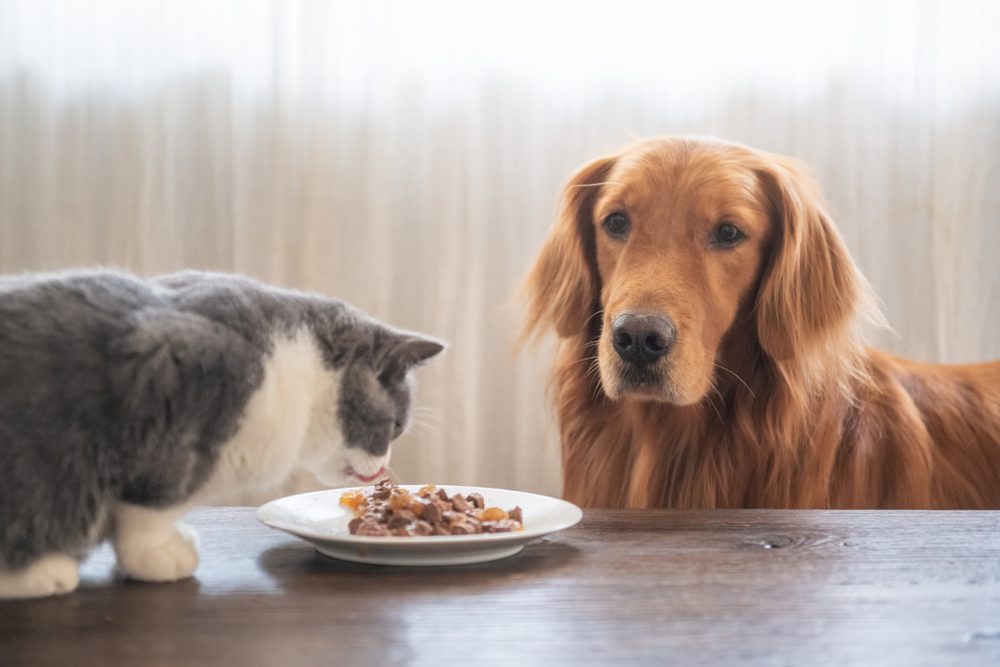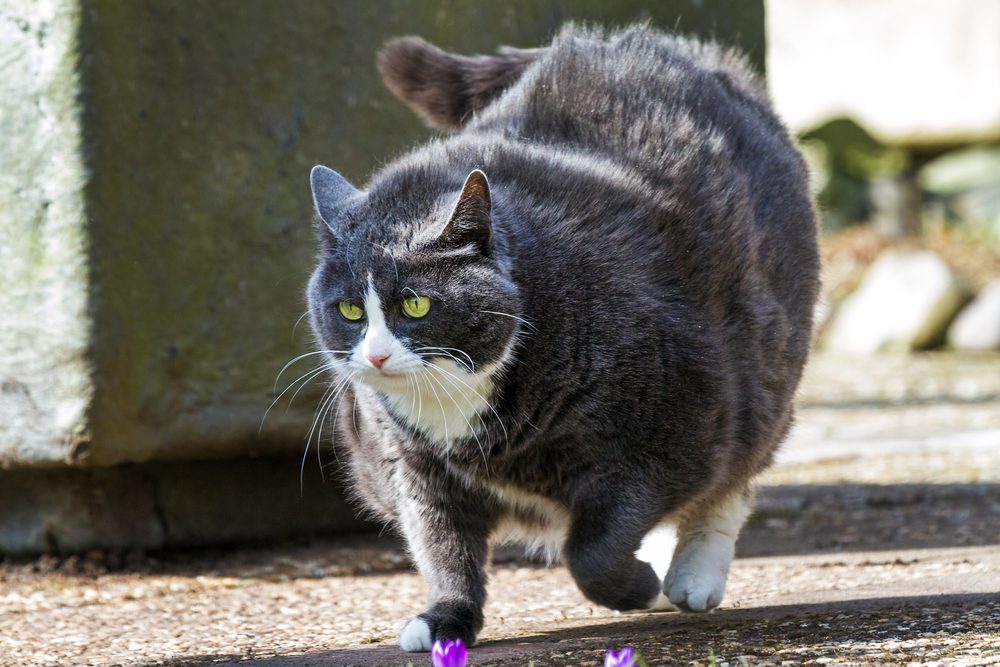Dietary Management
Nourishing Health, One Bowl at a Time!
Dietary Management for Your Beloved Pet at Edmonton Spay and Neuter Clinic
As devoted pet owners, we understand that your furry companions deserve the very best. Their well-being depends not only on love and attention but also on a balanced and nutritious diet. At Edmonton Spay and Neuter Clinic, we take pet dietary management seriously, ensuring that your four-legged friend thrives and enjoys a long, healthy life.




Schedule an Appointment Today
If your pet companion requires dietary consultation, weight management or any other veterinary service, don’t hesitate to contact us. Our friendly and knowledgeable staff are always happy to answer your questions and schedule an appointment at your convenience.
Why Dietary Management Matters: Foundation of Good Health
A well-balanced diet is the cornerstone of your pet’s overall health. Proper nutrition supports growth, maintains a healthy weight, and prevents a range of health issues. Whether you have a playful puppy, a mature cat, or a senior dog, their dietary needs evolve over time. Our team of experienced veterinarians is here to guide you through every stage of your pet’s life.
Our Approach to Pet Nutrition:
Tailored Plans for Individual Needs:
Just like humans, pets have unique nutritional requirements. Our approach to dietary management involves personalized plans based on your pet’s age, breed, size, and any specific health conditions. Whether your pet needs weight management, allergy-friendly options, or specialized diets, we’ve got you covered.
Quality Ingredients:
We believe that quality matters. That’s why we recommend premium pet food brands that prioritize real, wholesome ingredients. From protein sources to essential vitamins and minerals, we ensure that your pet’s meals are packed with the nutrients they need.
Transition Support:
Switching your pet’s diet can be challenging. Our team provides guidance on gradual transitions to new foods, minimizing digestive upset and ensuring a smooth adjustment. We’ll help you choose the right food and monitor your pet’s progress.
Tips for Pet Owners:
Understanding Labels:
Look for Complete and Balanced: Ensure that the pet food you choose is labeled as “complete and balanced.” This means it meets all essential nutritional requirements.
Check Ingredient Lists: Opt for foods with recognizable ingredients—avoid artificial additives and fillers.
Portion Control:
Follow Feeding Guidelines: Overfeeding can lead to weight gain. Consult our veterinarians for appropriate portion sizes.
Adjust as Needed: Monitor your pet’s weight and adjust portions based on their activity level and age.
Special Diets:
Weight Management: If your pet needs to shed a few pounds, we’ll create a weight management plan tailored to their needs.
Allergies: Pets can develop food allergies. We’ll identify allergens and recommend suitable alternatives.
Hydration Matters:
Fresh Water: Always provide clean, fresh water for your pet. Hydration is essential for overall health.
Wet Food: Consider incorporating wet food into your pet’s diet—it adds moisture and variety.
Treats in Moderation:
Choose Nutrient-Rich Treats: Opt for treats that contribute to your pet’s overall nutrition.
Limit Treats: Excessive treats can disrupt the balance of their main meals.
Regular Checkups:
Assess Nutritional Needs: Regular veterinary visits help us assess your pet’s dietary requirements.
Adjustments as Necessary: As your pet ages or experiences health changes, we’ll adapt their diet accordingly.




Keeping Your Best Friend Fit and Healthy!
Remember, a well-fed pet is a happy pet. Let’s work together to ensure your furry companion enjoys a vibrant and fulfilling life!
Let’s embark on this journey together. Whether you’re a seasoned pet parent or a first-time adopter, let’s make informed choices about what goes into those food bowls. From understanding labels to portion control, we’ll navigate the world of pet nutrition hand in paw. Together, we’ll ensure that your furry companion enjoys every moment—a life filled with health, happiness, and that special sparkle in their eyes.
Feel free to reach out if you have any more questions or need further assistance!
